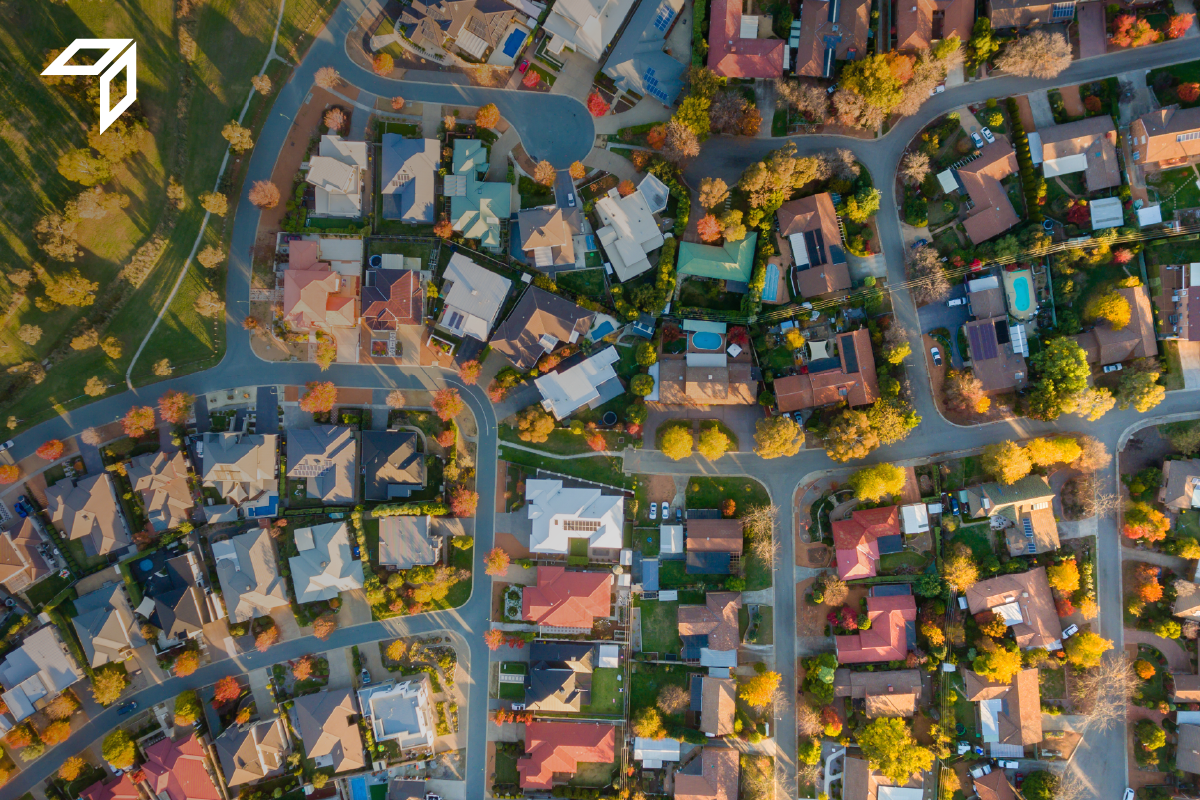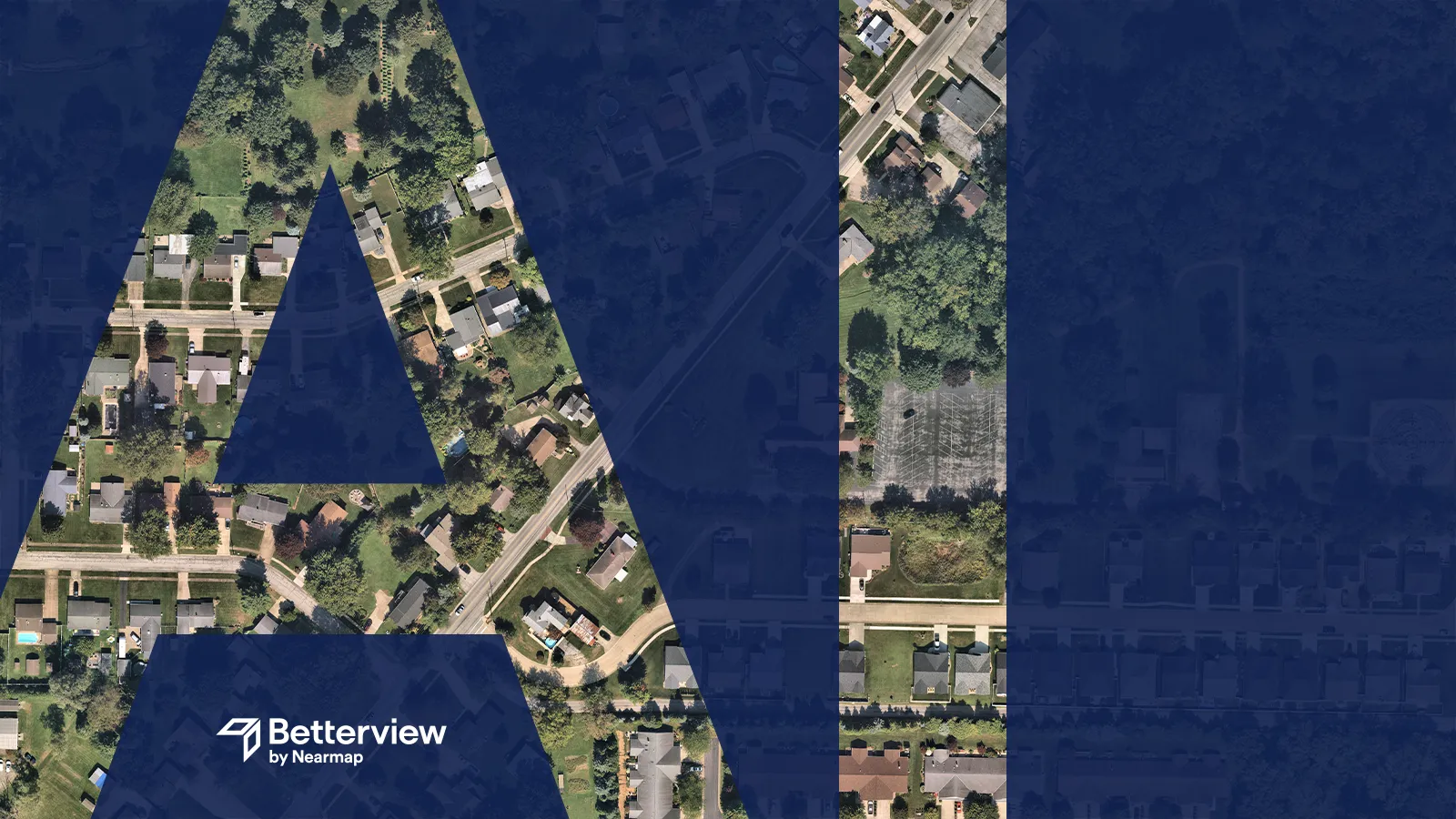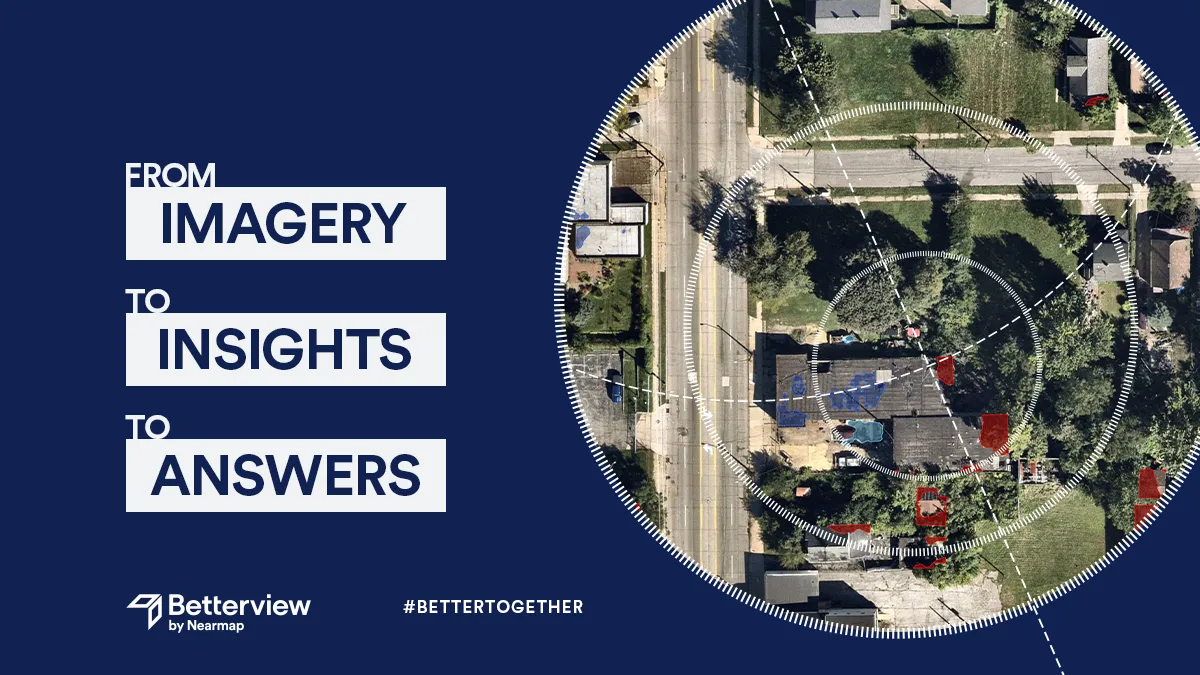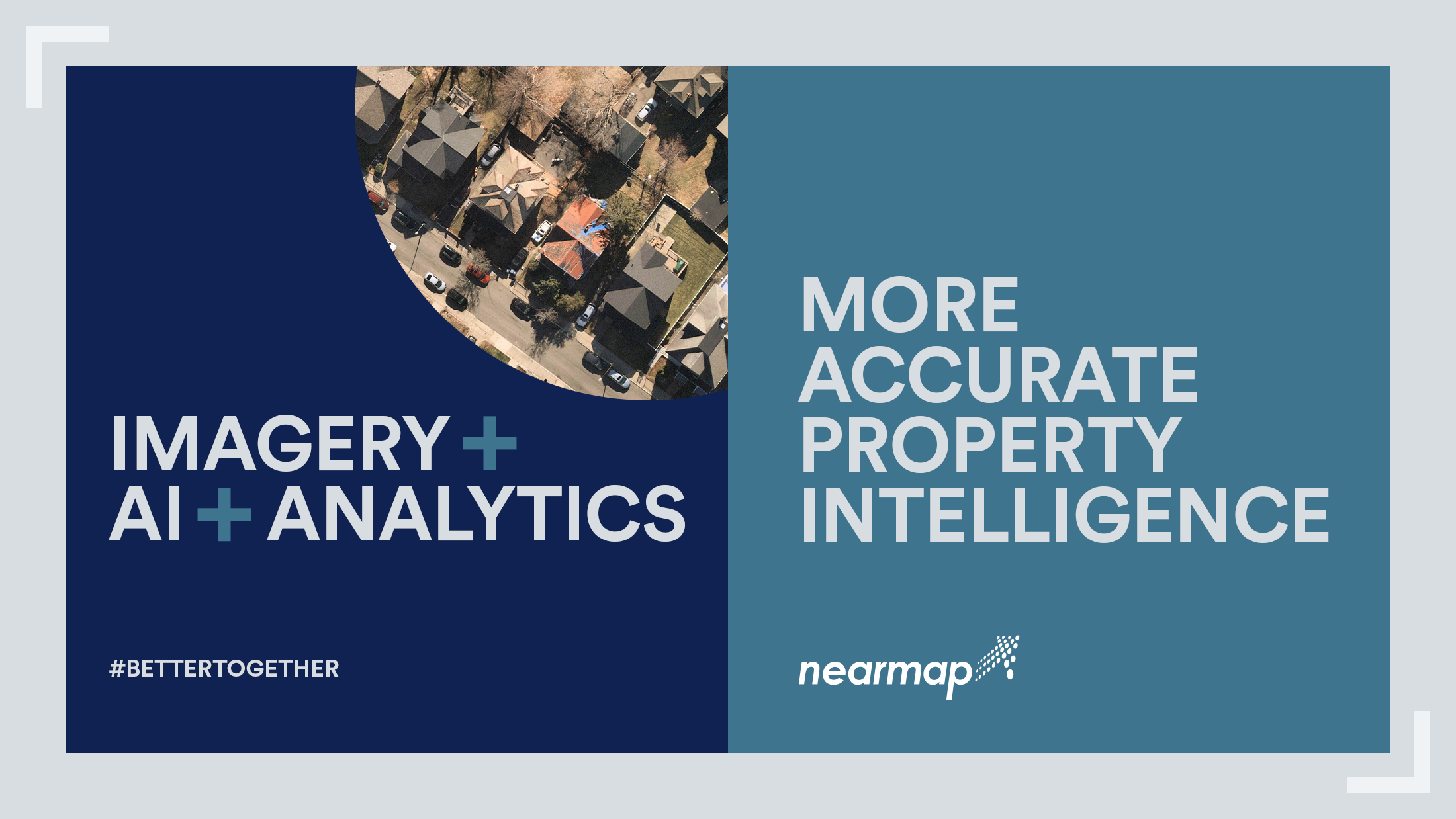How AI Can Keep P&C Insurers Profitable
How can P&C insurers remain profitable in 2024?
3 min read
.png) Jason Janofsky
:
Feb 8, 2023 11:05:50 AM
Jason Janofsky
:
Feb 8, 2023 11:05:50 AM

P&C insurance companies need a reliable source of property intelligence in order to identify and manage risk. In particular, insurers need aerial imagery for every property in their book – ideally combined with computer vision classifiers that spotlight real risk drivers. There are two primary ways that property intelligence providers deliver data from this imagery to insurers: preprocessed and on-demand. Preprocessed imagery data is generated off large areas periodically and stored in a database, whereas on-demand data is generated upon a request being made to look at a specific location. Many companies use the former without question, but is this the most reliable way to get imagery data? Let’s explore the benefits and drawbacks of each approach, and determine which truly provides the best option for P&C insurers.
The main advantage of preprocessed imagery is that it can be delivered immediately. If you are solely focused on speed, preprocessed imagery data might seem like the best option. In approximately a second, imagery and data are available for review.
The problem, however, is speed does not translate into quality. Because preprocessing imagery requires an expensive scheduled processing period, there is a lag between image availability and the processing of that imagery. In other words, preprocessed imagery often does not reflect the actual, current condition of a property. Rather, preprocessed scoring is likely to be performed on imagery that is months or years older than the latest available imagery for a location.
Companies that preprocess imagery also have incentives to give less accurate, more generalized scoring and stagnate on existing features, focusing on derivatives rather than true forward movement. This is because these companies are forced to pay large deductibles to make any updates to their platforms, including improving computer vision classifiers and scores.
If a company is using preprocessed imagery, the creation of new classifiers requires a significant investment of both budget and IT resources. And even when a new classifier has been created and trained, the entirety of the platform’s coverage area must be run through the new classifier, and the data stored. Due to the capital cost to rebuild the original dataset, companies are disincentivized from making progressive improvements to their technology. Those new features that are added tend towards derivative repackaging of the original flawed dataset or unattached and inconsistent works that may call into question the validity of the original dataset.
As a result of all these factors, preprocessed imagery providers tend to provide vague, non-specific insights – e.g. a mushy blanket score for property condition that does not reflect the specific attributes that contribute to risk, but simply says “this property is in good/bad condition.” These platforms fail to point out the status of a risk in greater detail and devalue the single most important part of using aerial imagery for condition scoring – the aerial imagery. Platforms that offer this type of scoring play on the promise of machine learning without moving to improve and actualize that promise.
Why does this matter to you as a P&C insurer? You rely on imagery to inform crucial policy decisions that impact expense ratios, loss ratios, and customer experience. When making these decisions, you need to be confident that you are working with imagery that is both up-to-date and highly accurate. The unfortunate truth is that preprocessed imagery is structurally unable to meet these requirements. Instead, insurers like you should consider on-demand imagery.
The traditional narrative says that on-demand imagery is not fast enough for insurance companies to use at scale. This is simply inaccurate. Although still not quite as fast as preprocessed imagery, Betterview has deployed innovative technologies to deliver on-demand imagery in as little as 2 and a half seconds, with 90% of properties available in under 4 seconds. This imagery, augmented with dozens of computer vision classifiers, reveals insight and drives action at every stage of the policy lifecycle.
Unlike preprocessed imagery, on-demand imagery reflects the most up-to-date view of property condition available. This is crucial for a number of use cases. Underwriters can be confident that they are making decisions based on the presence of actual risk drivers. At time of renewal, on-demand imagery shows how property condition changed since the policy was written. Not only does this improve the accuracy of underwriting decisions, but it means that insurers do not need to rely on costly in-person inspections for every property in their book. Properties that are determined to be a solid risk can be straight-through processed, while inspection teams may be sent to those that require more attention.
On-demand imagery also has the advantage of being easy and inexpensive to update. If your property intelligence platform adds new computer vision classifiers – as Betterview does regularly throughout the year – on-demand imagery can reflect these updates immediately. This means that insurers are working with imagery that is not only accurate, and not only current, but also constantly iterating and improving.
For underwriters, claims adjusters, and agents, the ability to access on-demand imagery is vital for predicting and preventing losses, driving down expenses, and providing the best possible service to the insured. If you are currently using preprocessed imagery – or even if you do not have any reliable source of property imagery – now is the time to leverage the power of on-demand imagery to help your business succeed.

How can P&C insurers remain profitable in 2024?

What does the Nearmap acquisition of Betterview mean for the insurance industry?

The insurance industry, and the technology that supports it, have seen significant change over the last few years. New technology continues to come...